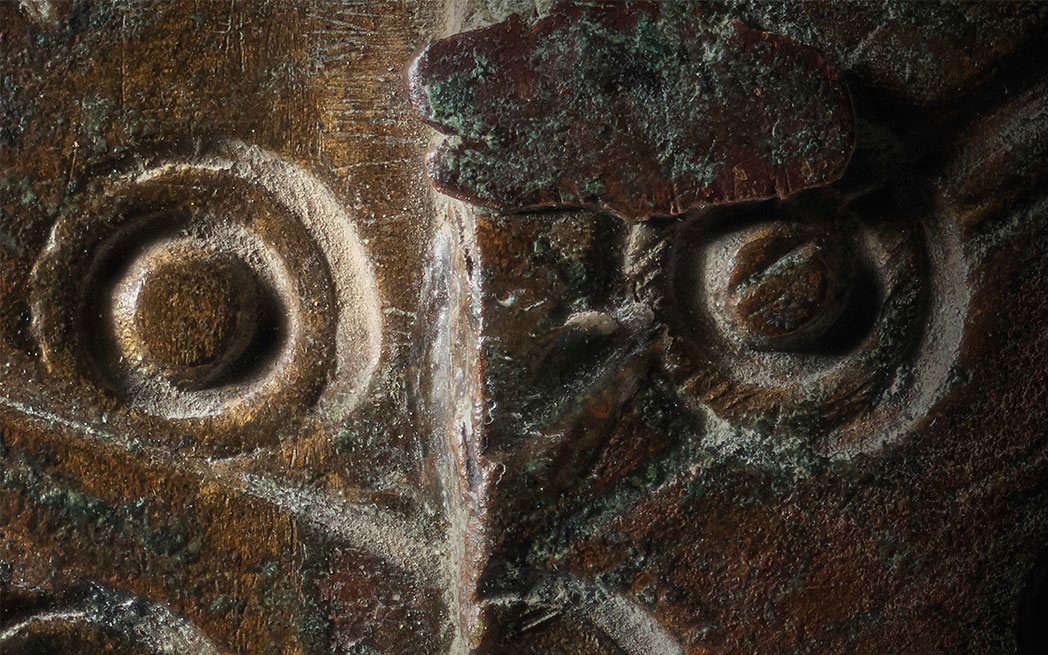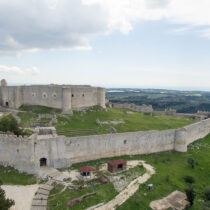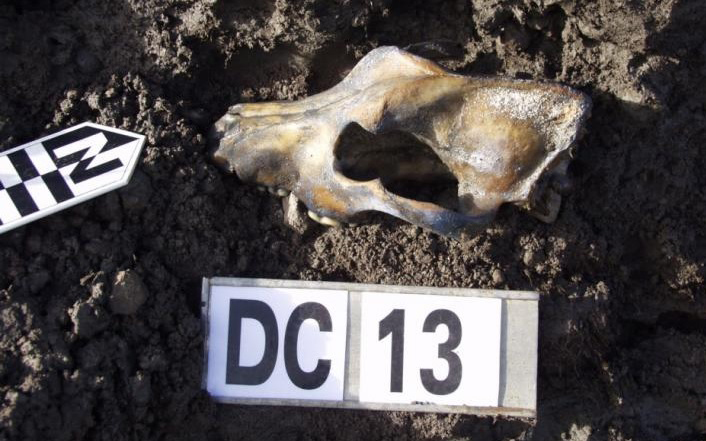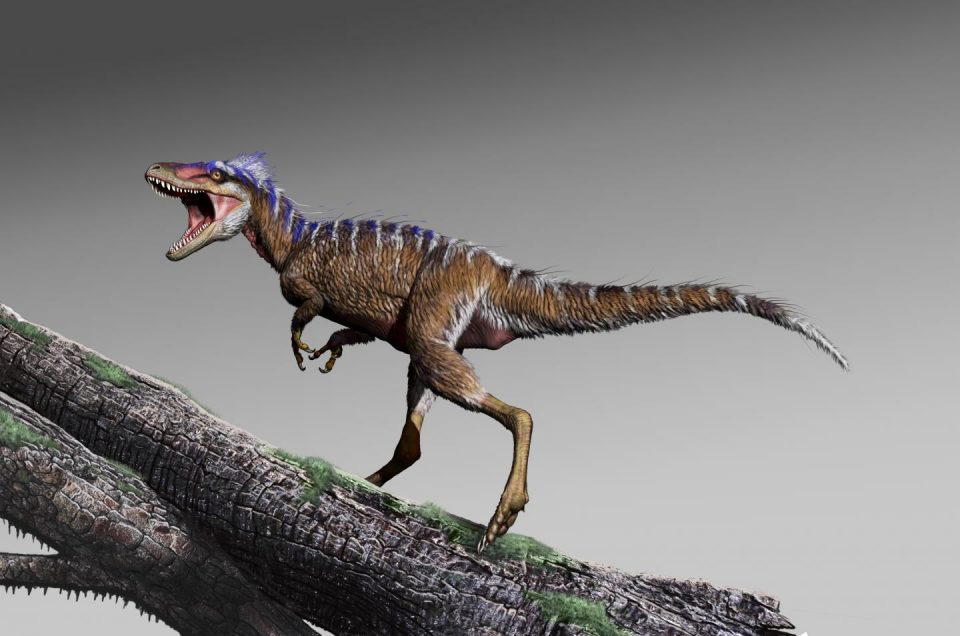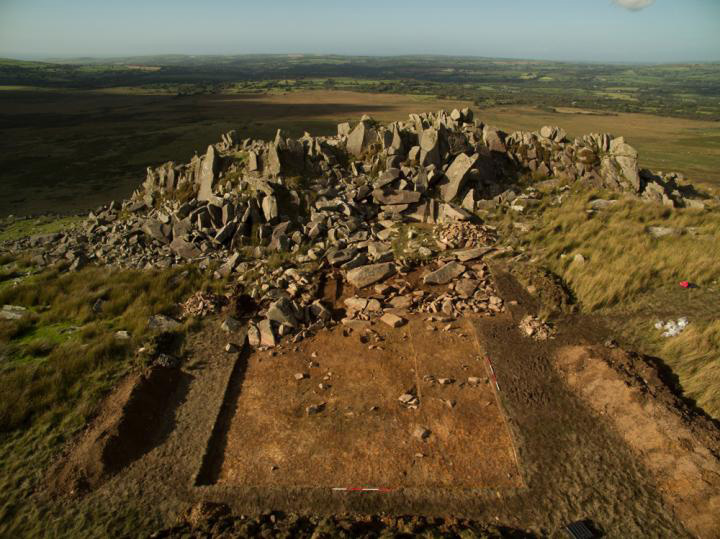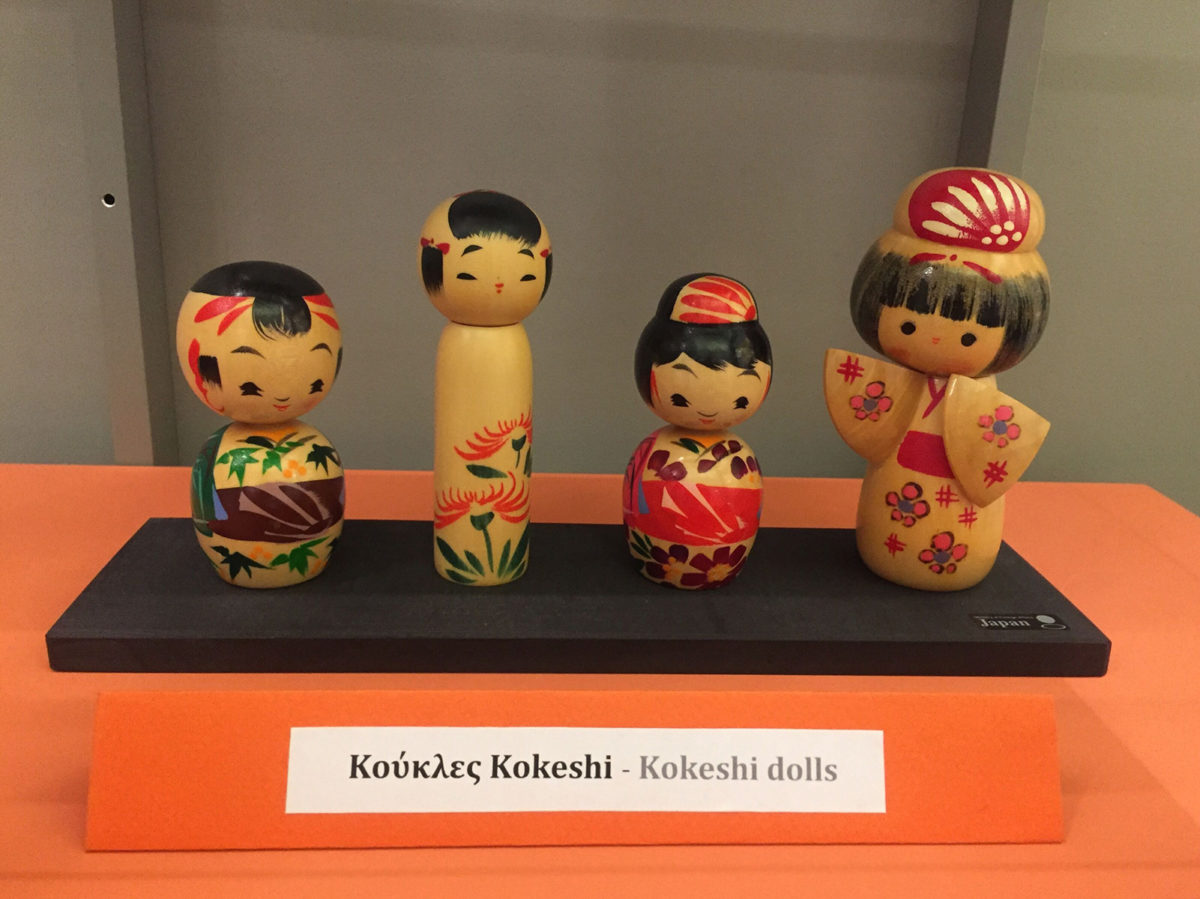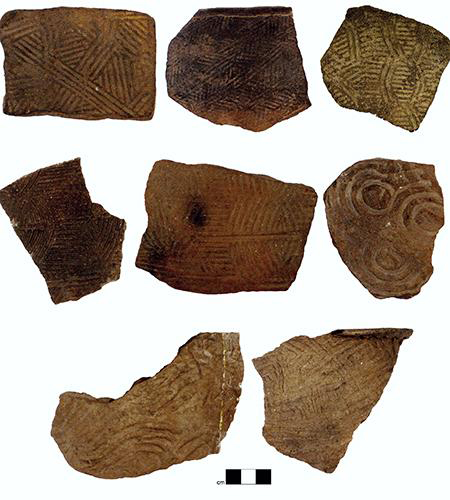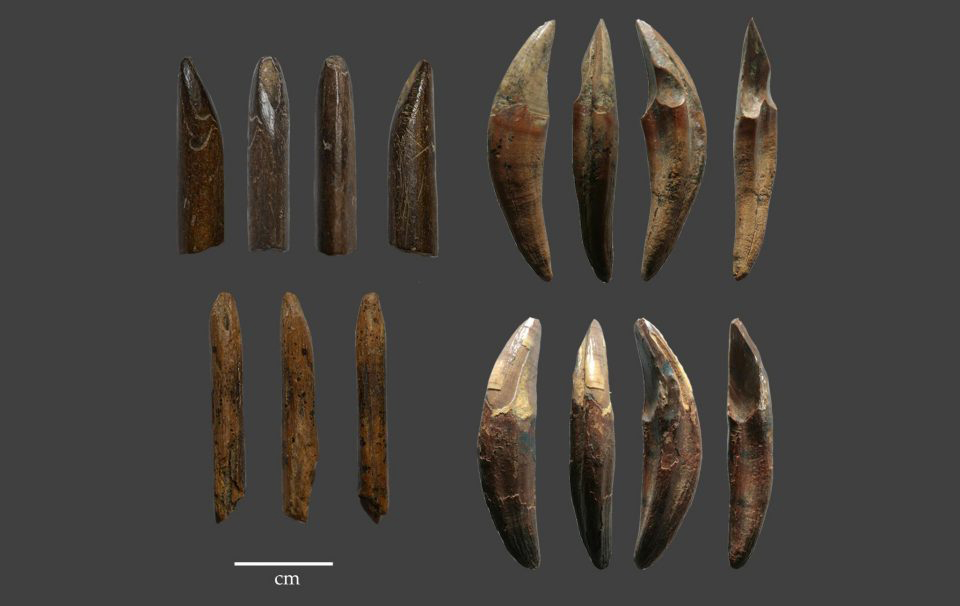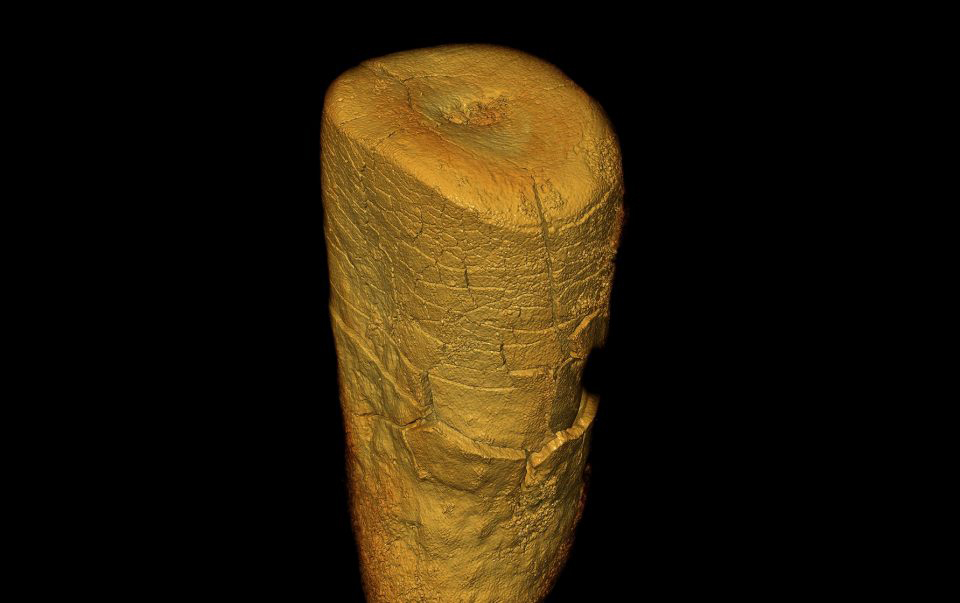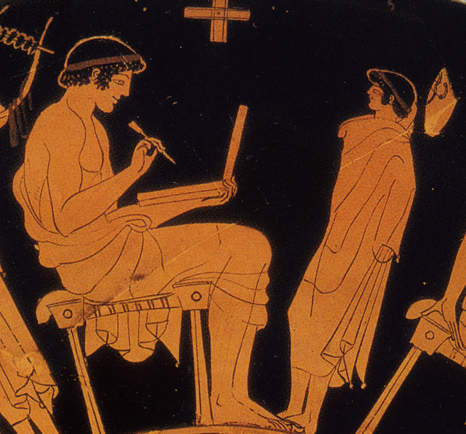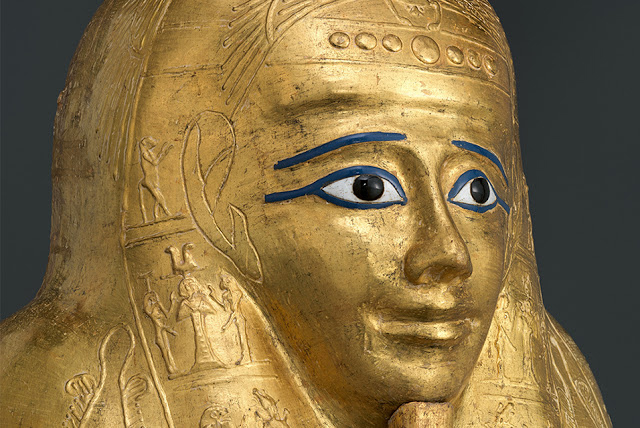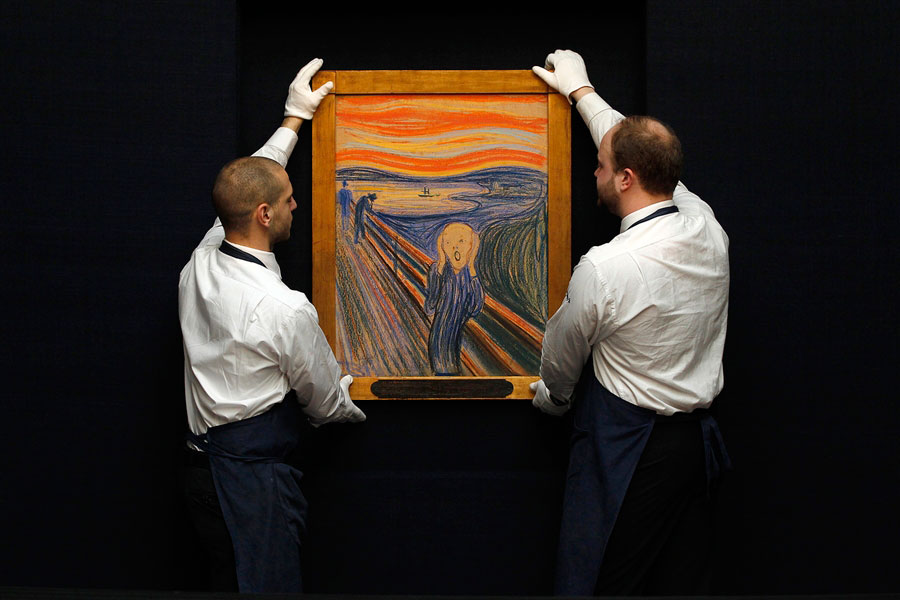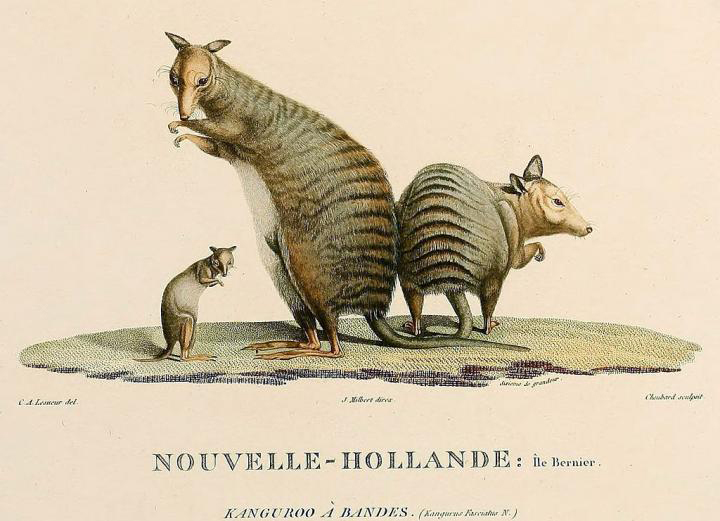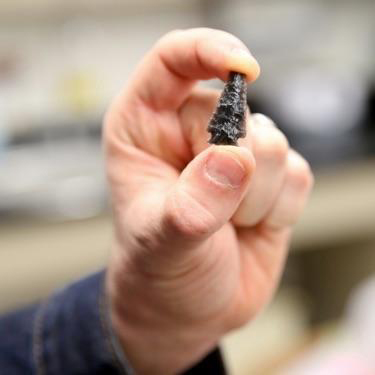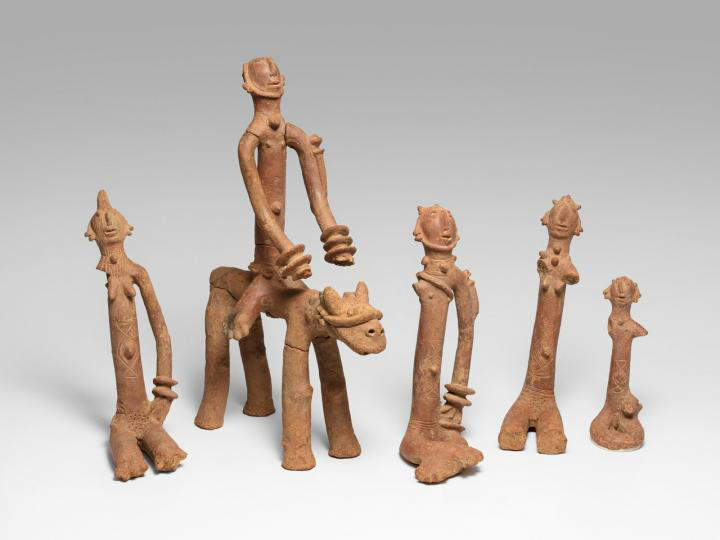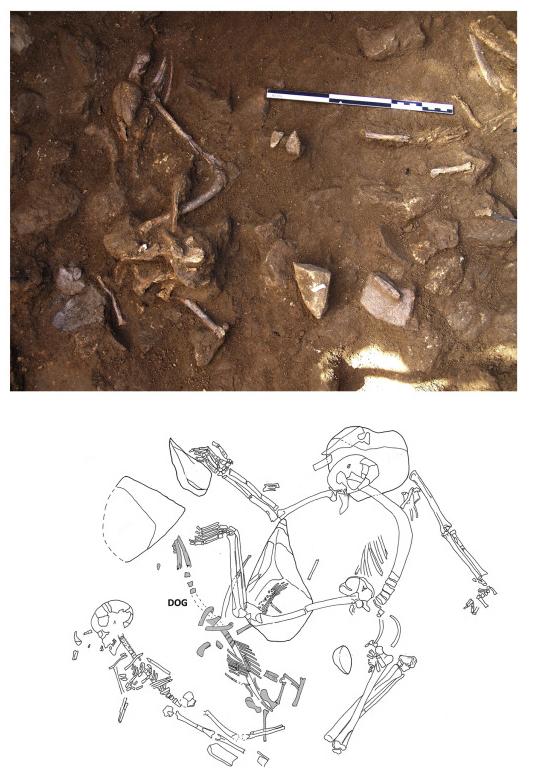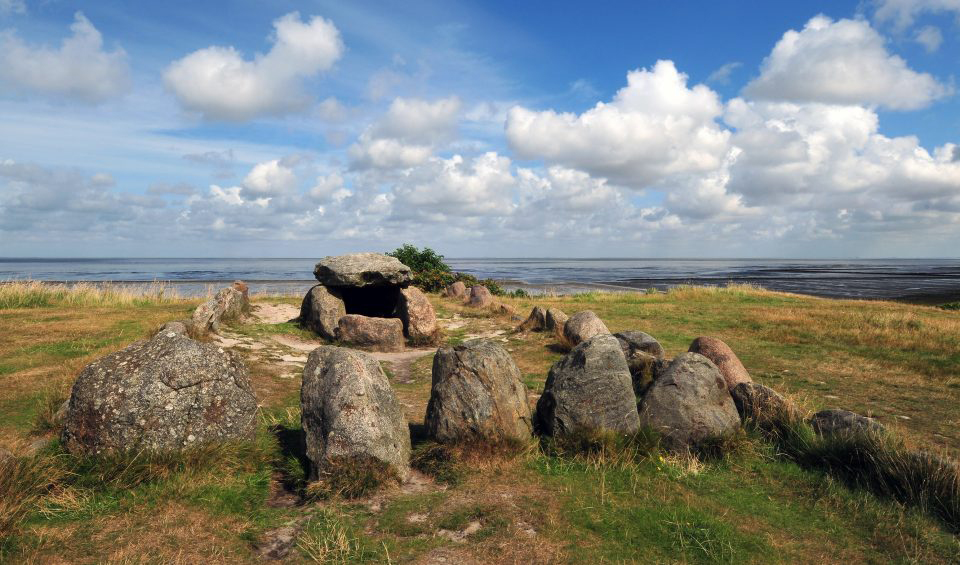The ancient people in the high-latitude Arctic had well-developed trade
Russian scientists studied the Zhokhov site of ancient people, which is located in the high-latitude Arctic, and described in detail the way of life of the ancient people had lived there.
Seferis and his poetry through painting and photography
Works by great Greek painters inspired by the poetry of George Seferis, photographs of the poet and some of his personal belongings are included, among other things, in this exhibition.
Foxes were domesticated by humans in the Bronze Age
In the northeast of the Iberian Peninsula, between the third and second millennium BC, a widespread funeral practice consisted in burying humans with animals.
New species of tiny tyrannosaur foreshadows rise of T. rex
A newly discovered, diminutive – by T. rex standards – relative of the tyrant king of dinosaurs reveals crucial new information about when and how T. rex came to rule the North American roost.
UK museums face increasing demand for repatriation of antiquities
Various institutions in the UK, such as the British Museum and the Natural History Museum, are called to repatriate items in their collections.
20-million-year-old tusked sea cow is Central America’s oldest marine mammal
Steven Manchester didn't set out to discover Central America's oldest known marine mammal. He was hoping to find fossil plants.
Quarrying of Stonehenge ‘bluestones’ dated to 3000 BC
Excavations at two quarries in Wales, known to be the source of the Stonehenge 'bluestones', provide new evidence of megalith quarrying 5,000 years ago.
Japanese Traditional Dolls and Toys
The Embassy of Japan in cooperation with the Benaki Museum organizes an exhibition of Japanese Traditional Dolls and Toys.
Pottery reveals America’s first social media networks
Ancient Indigenous societies, including Mississippian Mound cultures, were built through social networks, PNAS study suggests.
The monkey hunters
A multidisciplinary study has found evidence for humans hunting small mammals in the forests of Sri Lanka at least 45,000 years ago.
Neandertals’ main food source was definitely meat
Neandertals’ diets are highly debated: they are traditionally considered carnivores and hunters of large mammals, but this hypothesis has recently been challenged by numerous pieces of evidence of plant consumption.
Visiting fellowship 2019-2020 at the BSA
Applications are invited for a Visiting Fellowship at the British School at Athens for 2-3 months in the academic year 2019-20 in any branch of the arts or sciences related to Greece.
Digital Classicist London 2019
The Digital Classicist invites proposals for the summer 2019 seminar series.
The Metropolitan Museum of Art returns coffin to Egypt
The Metropolitan Museum of Art announced last week that it has delivered the gilded Coffin of Nedjemankh, for return to the Government of Egypt by the Manhattan District Attorney’s Office.
25 years since one of the most famous thefts of a painting
‟The Scream” is the most iconic painting by Norwegian artist Edvard Munch in the History of Art.
Indigenous hunters have positive impacts on food webs in desert Australia
Australia has the highest rate of mammal extinction in the world. Resettlement of indigenous communities resulted in the spread of invasive species, the absence of human-set fires, and a general cascade in the interconnected food web that led to the
Marin County: Safe harbor for Native residents during the Mission era and beyond
Latest findings will be discussed during the Society for California Archaeology annual meeting March 7-10 in Sacramento.
Art Institute of Chicago unveils key findings in African art thanks to medical technology
the Art Institute of Chicago announced the results of significant new research on five terracotta sculptures—so named Bankoni after a village in present-day Mali where they were found.
The ideal Pre-Raphaelite beauty was Greek…and an artist in her own right!
Marie Spartali Stillman modeled for most of the Preraphaelites and was a tireless artist herself, producing around 150 paintings!
The 12 Labours of Herakles
The conference "The 12 Labours of Herakles: Between Iconography and Literature" will take place on June 4-5-6-7-8, 2019 in Velletri (Rome).
Controversy and rising prices at auctions of works by Hitler
Auctions of Hitler’s works often cause controversy in Germany, where the recognition of Nazi crimes is a key part of national identity. Collectors and foreigners in general are ready to spend large sums of money to acquire a work by
Dog burial as common ritual in Neolithic populations of north-eastern Iberian Peninsula
Coinciding with the Pit Grave culture (4200-3600 years before our era), coming from Southern Europe, the Neolithic communities of the north-eastern Iberian Peninsula started a ceremonial activity related to the sacrifice and burial of dogs.
Radiocarbon dates show the origins of megalith graves and how they spread across Europe
Study answers the question of how and where megalith graves arose.
New International Competition for the National Museum of Contemporary Art (EMST)
As stated in a relevant announcement by the Ministry of Culture, at the last meeting, the Committee in quorum rejected twelve applications for the position.
